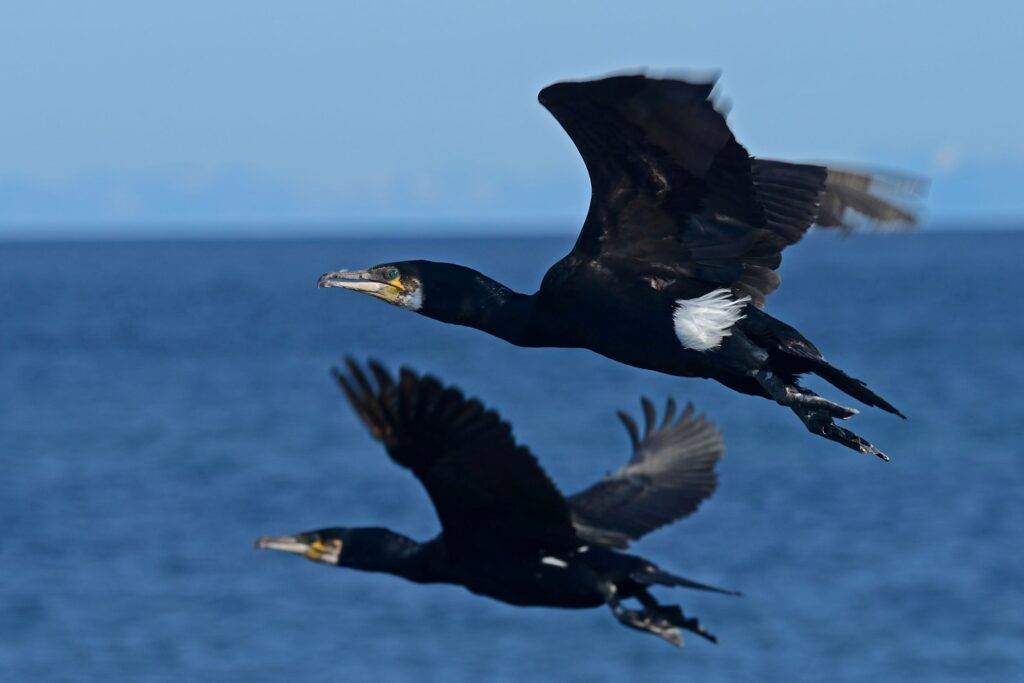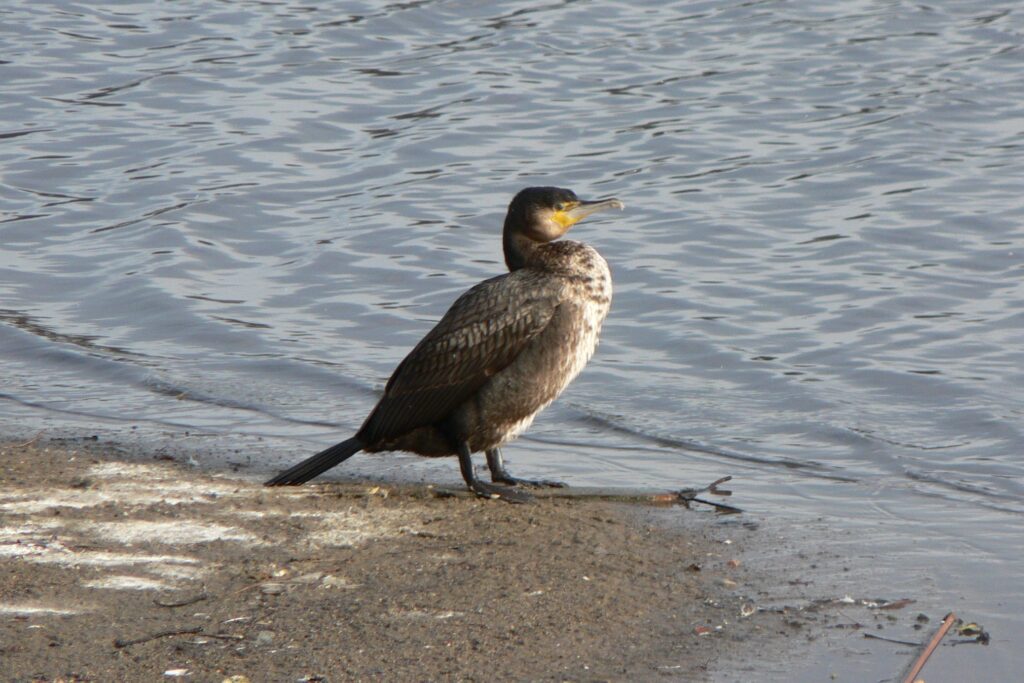Great cormorants and humans compete for wrasse, but not gadids
The great cormorant is a piscivorous bird species accused to have a negative impact on local fish populations. SEAPOP-scientists have recently analyzed diet samples along the Norwegian coast and show that the cormorants consume an amount of wrasse (Labridae) equal to that taken by the fishing industry.
A fish specialist
The great cormorant is common along the Norwegian coastline where it feeds on local fish populations close to the breeding sites. In Norway, there are two subspecies of great cormorant; the Atlantic subspecies carbo that breeds along the coast from Hordaland and northwards and the continental subspecies sinensis found from the coast of Østfold to Rogaland. The population of carbo was previously quite stable but has decreased over the last decade. In contrast, the first breeding pair of sinensis was found in Norway in 1996 and the population has since increased rapidly. During the same period, the population of cod (Gadus morhua) collapsed in the northern Skagerrak resulting in a ban in both commercial and recreational fishing of the species in the Oslofjord area since 2019. The increase of continental cormorants has been suggested as a one of the reasons why the cod population collapsed. To examine whether cormorants do actually compete with humans for local fish resources, researchers from SEAPOP collected diet samples from selected localities along the Norwegian coastline. By examining the otoliths found in the diet samples, they identified the fish species and calculated the biomass utilized by the cormorants.
Competition for wrasse
The diet of the Atlantic subspecies of cormorants consisted mostly of cod and saithe (Pollachius virens), but the biomass consumption of fish was equivalent to less than 2 % of the cod and saithe stock sizes in the Norwegian and Barents Seas. Furthermore, the cormorants mainly targeted age classes much lower than the fisheries do, resulting in minimum competition. For the continental subspecies, wrasse were the main prey, whereas cod constituted less than 10 % of the diet. The latter was equivalent to less than 6 % of the commercial catch, which clearly indicated that the collapse of the cod in northern Skagerrak was not the result of an increasing cormorant population. However, the study revealed a likely conflict between humans and cormorants concerning wrasse. Wrasse are used in huge numbers as cleaner fish in the salmon farming industry, and a commercial harvesting has increased markedly over the last decade. Analyses of the diet samples revealed that cormorants and fisheries targeted the same species of wrasse, and that they each consumed an equal amount of wrasse biomass. Little is known about wrasse stock size, and further studies should be conducted to better understand their ecosystem function and to quantify the impact of the fisheries on both great cormorants and other human interests.
Read the article:
Contact person: Nina Dehnhard, NINA

Photo © Tycho Anker-Nilssen

Photo © Nina Dehnhard
